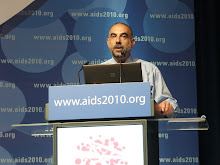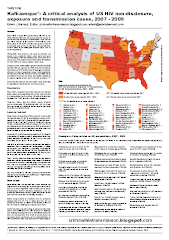Interesting new data from Switzerland about how reliably you can count on having an undetectable viral load between clinic visits has just been reported on aidsmap.com.
Overall, there was a 98% probability that viral load would not rebound from undetectable to the potentially infectious level of 1000 copies/ml or above in successive tests. If an individual had started HIV treatment with a triple combination of drugs this increased to 99%.This is very helpful for those arguing that HIV exposure is extremely unlikely if someone takes triple combination therapy (the current standard), has 100% adherence and no other sexually transmitted infection.








0 comments:
Post a Comment